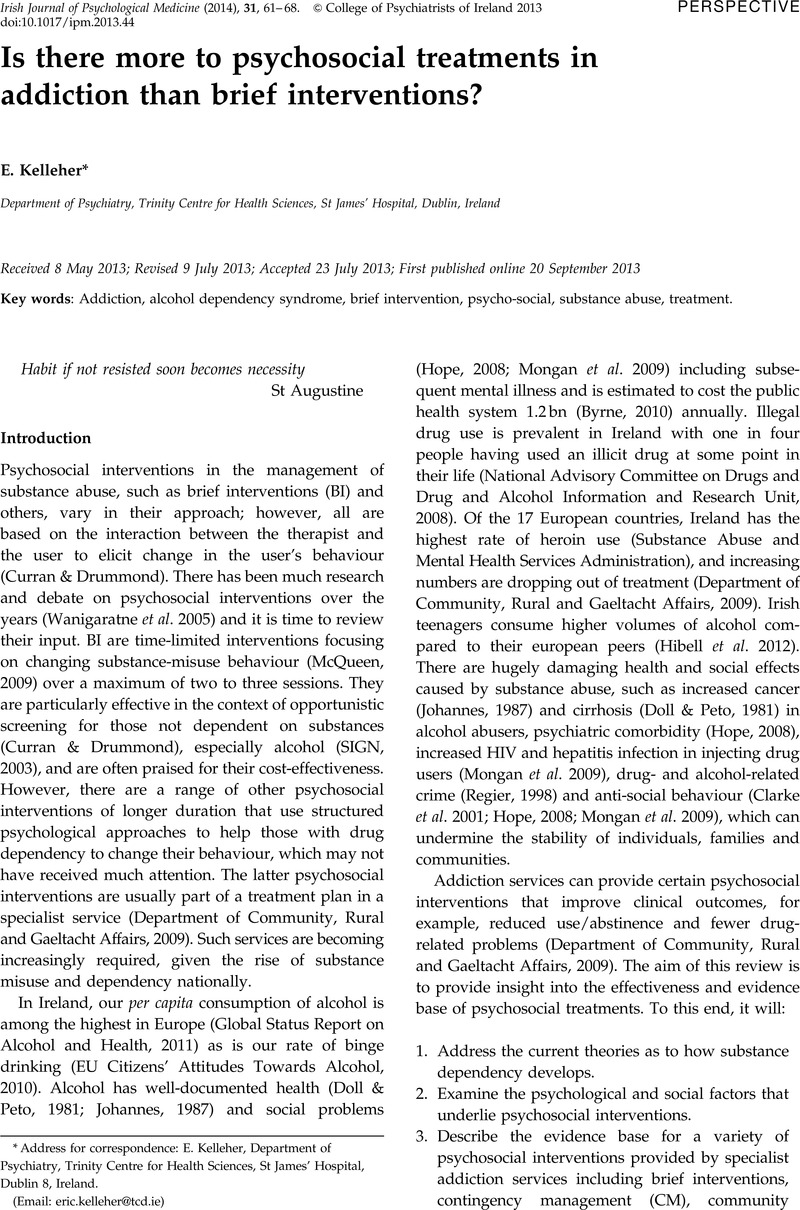Crossref Citations
This article has been cited by the following publications. This list is generated based on data provided by Crossref.
Düzel, Başak
and
Sevinçli Bayram, Cansu
2024.
BAĞIMLILIKLA MÜCADELE ÖYKÜSÜ OLAN BİREYLERDE PSİKOSOSYAL DESTEK ÜZERİNE NİTEL BİR ARAŞTIRMA.
Tıbbi Sosyal Hizmet Dergisi,
Vol. 12,
Issue. 23,
p.
19.



